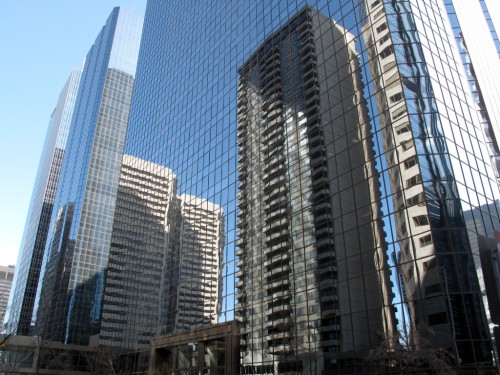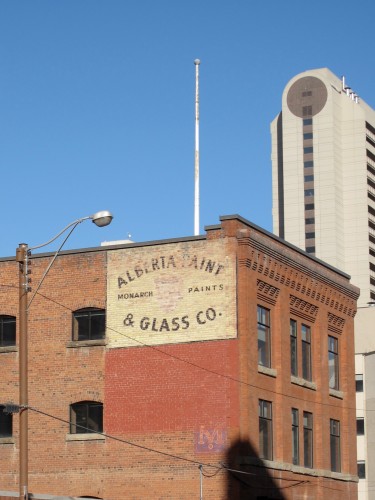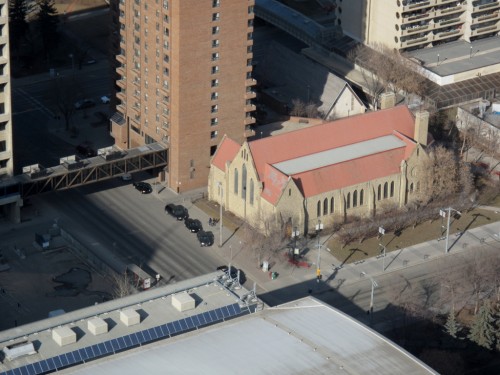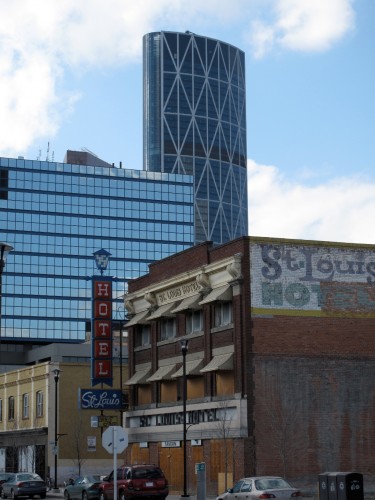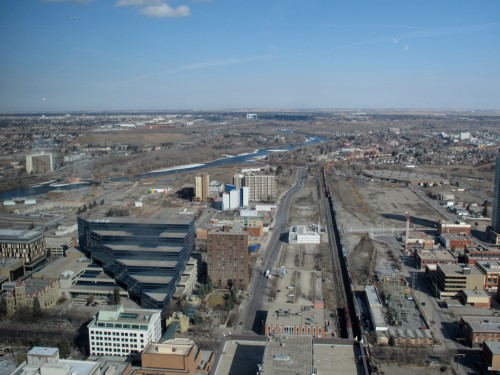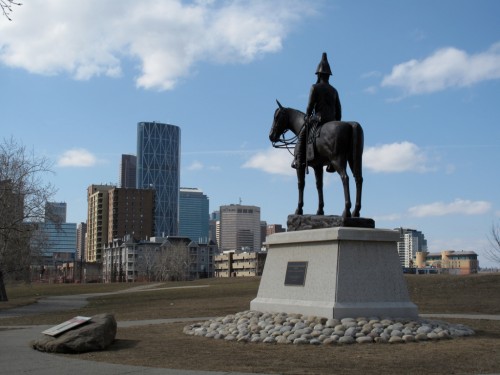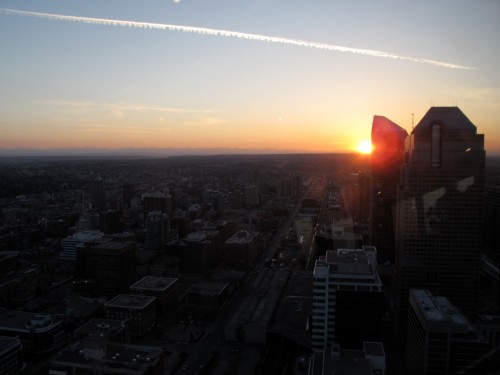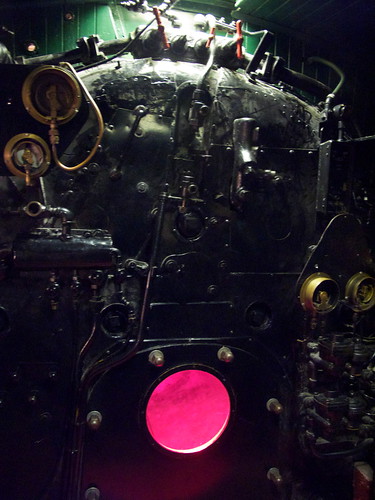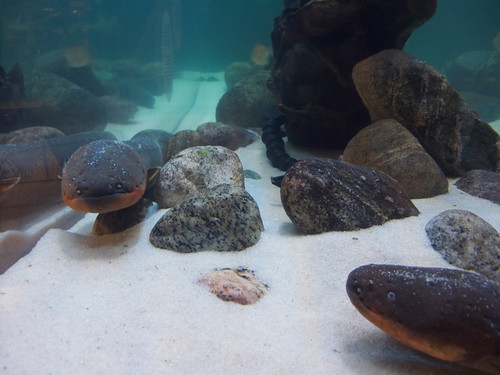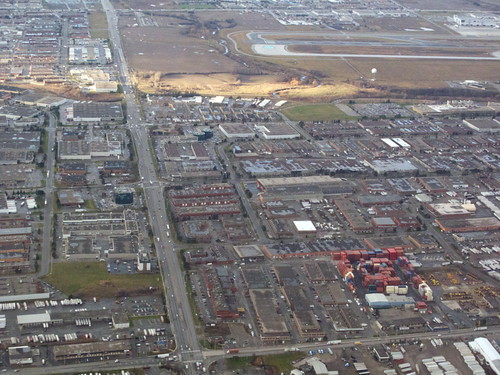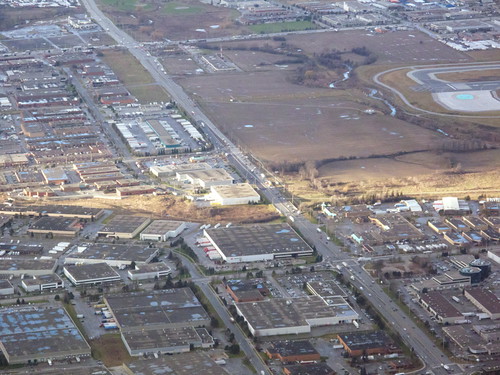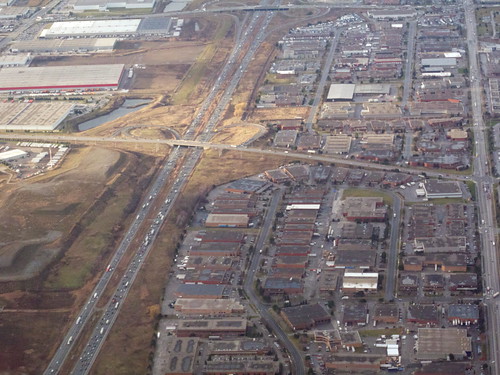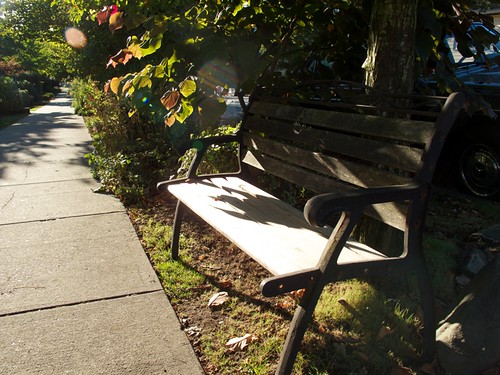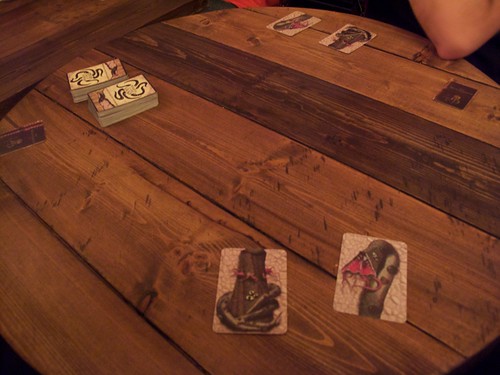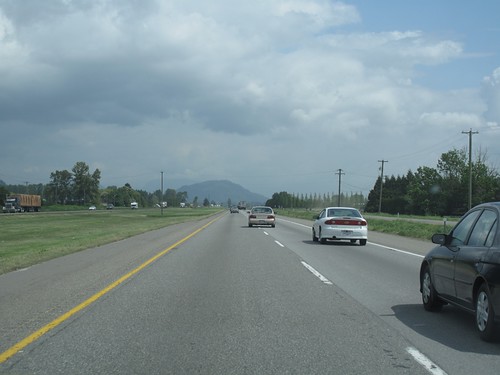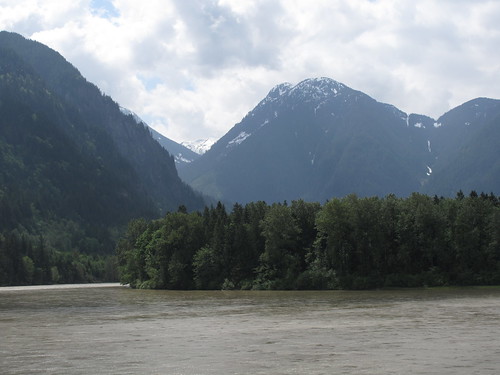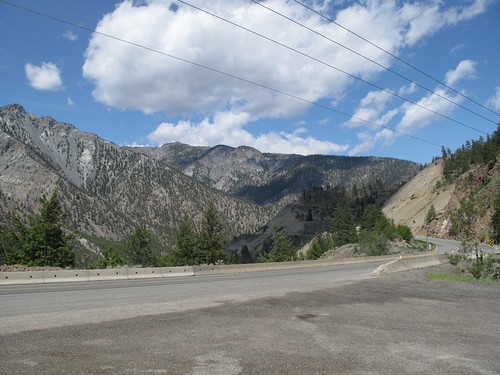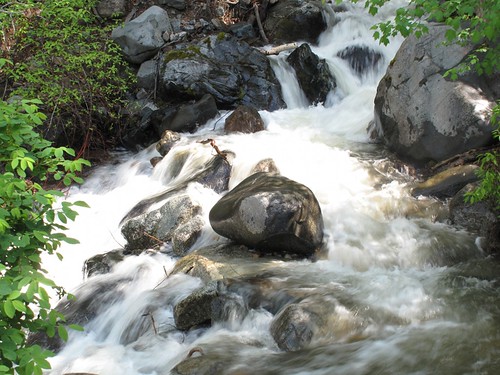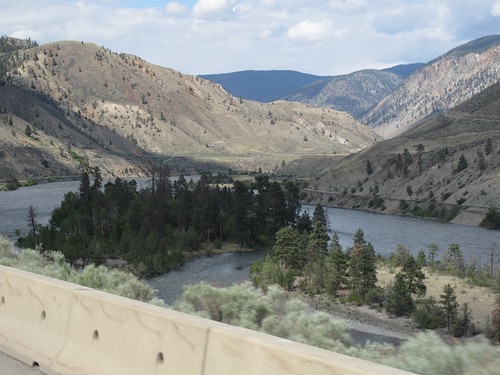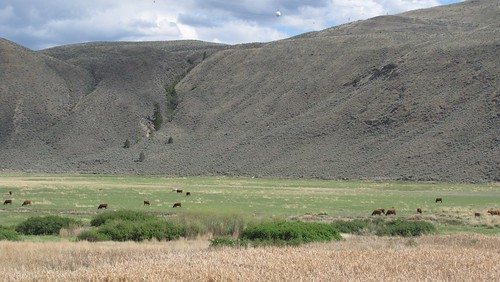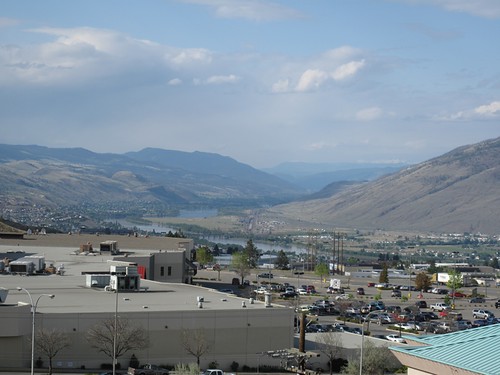I wasn’t even sure I wanted to go this year. Last year’s INR was fun, and had some great speakers, but I wasn’t sure I wanted to shell out the bucks again. But then a friend of mine was going, and needed both a ride and a roommate, so I figured what the hell.
And I’m glad I went! The drive was lovely as always, and the speakers were generally excellent.
Dr. K. Sohail: Secular Ideas, Humanist Ideals
The first talk was by Dr. K. Sohail, an ex-Muslim secular humanist and psychotherapist. He started with the story of his childhood in conservative Pakistan, surrounded by superstition and hardline dogma but also—fortunately—a couple of freethinking older relatives who encouraged his questioning, and how he gradually moved away from religion.
His talk was mainly on the harm caused by organised religion, both to individuals (eg: blind faith, wilfull ignorance, sexual guilt and other problems) and societies (eg: discrimination, violence). He’s seen both, first-hand: in particular, he told of a holy war against India taking place when he was 13, and how he was swept up in the fervor of it all.
But Dr. Sohail’s focus was on compassion, and how important it is if you want to establish a dialog with religious people and form intercultural alliances. Freedom of religion (other spiritual paths) and freedom from religion (secularism) can both challenge organised religion. Having multiple faiths coexisting peacefully is a step in the right direction.
Other people’s journeys had helped me, maybe my journey would help others.
Peter Boghossian: Street Epistemology
Dr. Boghossian used material from his upcoming book A Manual for Creating Atheists to give us some extra tools for talking people out of their faiths. The basic idea is that religious people can be classified on a scale, starting with “pre-contemplative” (not questioning their beliefs at all, being 100% convinced of their truths). The goal is not to immediately create freethinkers, but to nudge people up on the scale of non-belief.
He went over one technique he called “street epistemology:” because it can be used anywhere, even on the street, and it focuses on faith as epistemology. It’s not about debunking particular beliefs; precontemplative people, Boghossian argues, wouldn’t be receptive to facts and education. However, they may respond to being asked why and how they believe the things they believe, turning their focus on themselves without any need for defensiveness.
Thing is, though… that technique may work in his practice, in controlled conditions, but I question whether it’s particularly useful on the street. It’s certainly one more tool in your rhetorical kit, but people can find a lot of rationalisations for the kookiest beliefs.
Another thing that bothered me, and this hit me only after several hours of picking away at it, was that his approach to street evangelism seemed condescending and even manipulative. In my notes, I wrote that it was a more aggressive counterpoint to Dr. Sohail’s talk, with a different tone but with similar goals. But then I realised it really wasn’t. Dr. Boghossian repeated several times the phrase “sitting at the adult table” to mean have a rational discussion about one’s beliefs and epistemology, and if you couldn’t do that there was no point in having a conversation. My problem is that approaching people to evangelise to them, while looking down on them in that way, is not a good attitude to have. This is not the compassion espoused by Dr. Sohail, it feels more like pity.
Plus, it’s inaccurate. As a couple other speakers prove over the weekend, even precontemplative people can be de-converted by facts and education. Even when those facts come from New Atheists like Dawkins or Hitchens.
Aruna Papp: Unworthy Creature
Aruna Papp grew up as the daughter of a church pastor (Seventh Day Adventist) in India. All her life she was despised just for being a girl, and her mother equally despised for giving birth only to daughters. Married against her will, her family relocated to Canada—a good Christian country, she was told, almost paradise. She started taking classes, making friends with other immigrant women who were also abused, and eventually found her independence.
This deeply moving talk got the first standing ovation of the day.
Richard Carrier: Bayes’ Theorem
After a lunch break, we’re back to academia! Here Dr. Richard Carrier looks at the question of the historicity of Jesus using Baye’s Theorem as a starting point to discuss how likely the Jesus story is, versus other dead and resurrected saviours.
Turns out, there are quite a lot of them—including Romulus, which I didn’t know—and they can be ranked according to a checklist.
A fascinating talk, though the mathematical stuff went a bit over my head. But I learned a few neat factoids, a couple new historical terms, so it’s all good.
Christopher DiCarlo: The Future of Ethics
Dr. DiCarlo examined the problem of free will. Namely, how much do we really have? Total free will? Some free will? None at all? Some probably have more than others, being pulled and pushed by faulty brain chemistry… So the question is, what if there is no free will? What if we are nothing more than agents in complex webs of systems?
The goal, then, is to understand and model these systems. This is what he calls the Onion Skin Theory of Knowledge (or OSTOK); like onion skins, knowledge modeled this way would be extremely complex and multilayered.
This is actually not too different from this talk last year. And maybe it’s just me, but I don’t see how this new conceptualisation of human behaviour can really move us further along, since we don’t know how much free will we actually have. So that was a bit disappointing.
Louise Antony: Can’t We All Just Get Along?
Friendships are based on common values, not metaphysics. It shouldn’t stand in the way of making common cause.
And that’s mostly what I got from Dr. Antony’s talk. She admitted at the start that she was going off script (I think, to respond to earlier talks), so it ended up kind of rambly and disorganised. Originally it was going to be a double challenge: to theists, it was to speak out against extremists of their own religion as much as we do. To New Atheists, it was to avoid replacing religious extremism with atheist extremism.
Which… is a really problematic equivalence. It’s true that secularism is no guarantee of ethical behavior, but using the Tuskegee Experiments (done “in the name of science”) as an example that science can be just as bad? No. So, I didn’t get a lot out of this talk either
Brian Dalton: Mr. Deity
I guess I’ve been horribly deprived, because I’ve never watched Mr. Deity. Well, I’m remedying that as we speak. I didn’t take any notes during his talk, which largely consisted of clips of his show.
Zoltan the Adequate
After dinner, we had a fun little magic show by a skeptical magician. Educational, too: he repeatedly counseled against looking down on victims of psychics and so on. It’s too easy to say, “well, they deserve it for being stupid/ignorant/gullible”, and easier to say “I’d never fall for such obvious scams.” But we’re all human, and vulnerable people deserve our support, not our scorn. Educate them, sure. But it has to be done from a place of empathy. We the skeptics have to know what it’s like to feel stupid.

